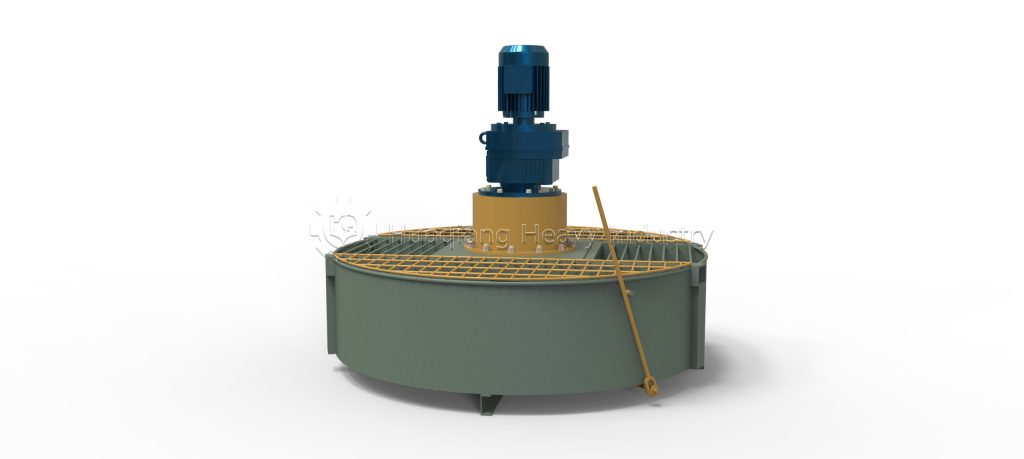How to Choose the Perfect Fertilizer Mixer? A Guide to 4 Machine Types!
In the NPK production process, selecting the right mixer is crucial for determining product quality and production efficiency. Faced with a dazzling array of mixing equipment on the market—Horizontal Mixers, Vertical Disc Mixers, Double Axis Mixers, and BB Fertilizer Blenders—how does one make an informed choice?

Selection Based on Performance Standards
The first consideration is mixing uniformity, which is vital for an NPK blending machine. Horizontal mixers provide gentle yet uniform mixing, ideal for formulations requiring high particle integrity. Double shaft mixers are renowned for their powerful mixing capability, quickly processing sticky materials. Vertical disc mixers have a small footprint and lower energy consumption, while BB fertilizer blenders are specifically designed for blended fertilizers, preserving raw material particle integrity.

Pro Tip: When evaluating mixers, be sure to consider their compatibility with your existing NPK production process. The equipment should integrate seamlessly into your production line to avoid bottlenecks.
Selection Based on Production Line Requirements
Production line scale and automation level directly influence mixer selection. Large-scale continuous NPK fertilizer manufacturing processes typically opt for horizontal or double shaft mixers, which can handle large volumes of materials and enable continuous operation. Small to medium production lines might prefer the compact design of vertical disc mixers. For manufacturers specializing in blended fertilizers, BB fertilizer blenders are undoubtedly the professional choice.

Material characteristics must also be considered: raw materials with high moisture content may require the powerful mixing of double shaft mixers, while dry granular materials are better suited for horizontal or BB fertilizer blenders.
Maintenance and Operational Costs
Mixer selection shouldn’t focus solely on purchase price but also consider long-term operational costs. Horizontal mixers are typically easy to maintain with readily available parts; double shaft mixers may have a higher initial investment but their high efficiency can reduce unit production costs. Vertical disc mixers have lower energy consumption, while the specialized design of BB fertilizer blenders can reduce material waste.

Choosing the right fertilizer mixer requires comprehensive consideration of production needs, material characteristics, budget constraints, and future expansion plans. The best equipment is that which integrates perfectly into your NPK fertilizer manufacturing process, enhancing production efficiency while ensuring stable product quality. Remember, there’s no “one-size-fits-all” solution—the most suitable mixer is the best choice!
